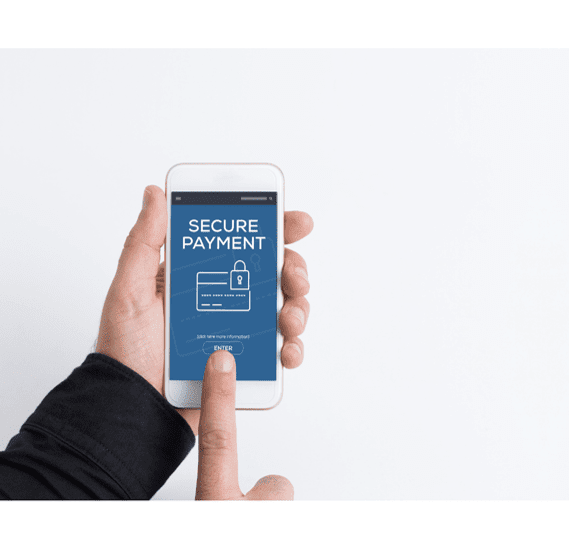
Are Mobile Payments Really Secure?
As we progress towards a cashless society, mobile payments are the way of the future. According to the UK Payment Markets 2021 study, the number of persons who had registered for mobile payments at the end of 2020 had climbed by three quarters as compared to 2019, to more than 17 million.
What are mobile payments?
Mobile wallets and mobile money transfers are examples of mobile payments. Online or in-app purchases, as well as using a POS terminal in a brick-and-mortar store, are the two types of mobile payments.
What are the main security concerns with accepting mobile payments?
Despite rising user demand for mobile payment technologies, both end users and enterprises are still hesitant to fully embrace the technology due to security issues. A survey conducted by Get Safe Online, which looked into the use of mobile payments among British consumers, showed that a fair number of people don’t use mobile payment options due to security concerns. This is also linked to a general distrust of mobile security.
Below are some of the most common mobile payment security threats that both end-users and enterprises face:
1. Phishing attacks
The most common security vulnerability for mobile payment solutions is phishing attempts. Phishing is when an attacker sends an email or SMS to trick individuals into giving up personal information.
2. Vulnerabilities in the network
While the media often focuses on data breaches at large corporations, small-to-medium-sized firms are particularly vulnerable to fraudsters due to a lack of adequate security measures. As the number of businesses utilising mobile payments grows, understanding cybersecurity on a broader level will be necessary to guarantee that businesses are protected against vulnerabilities.
3. Threat of malware
Criminals have long employed malware to obtain access to a device and the financial information contained on it. It is normally installed on a phone after a user clicks on a malicious link or ad, which initiates the malware installation process.
Malware comes in a variety of shapes and sizes, and while regular software upgrades can help limit attackers’ abilities to infect a phone, at its worst, malware can take complete control of a device.
Here’s how you can make your mobile payments more secure:
1. Utilising 2 Factor Authentication
Also, known as ‘2FA’, this form of security uses two types of identification for authentication. This can be a combination of a password, a payment card or phone, as well as a biometric mechanism such as a fingerprint, voice or facial recognition.
2. Turning off your Bluetooth
Bluetooth is becoming a viable option for wireless payments. It is best to leave the Bluetooth, or any other smartphone feature, turned off unless you need it. This will prevent unauthorised access to your phone’s information.
3. Consider using mobile security
Internet security software is no longer limited to laptops. Your cell phone is as critical. Investing in good security software, for example, can help protect your phone from viruses and warn you about dubious apps, such as those mentioned above.
4. Keep your phone locked
Set the auto-lock feature to “on” and create a secure password or passcode. Encrypt the data on your phone to go above and beyond physical security.
All payments made over the phone must adhere to legal requirements while remaining secure and safe for each customer, as well as providing peace of mind to your organisation. At FLR Spectron, our solutions are PCI Level 1 certified, allowing you to maximise your security. Get in touch with us for more information at https://flrs.co.uk//contact-us/.

